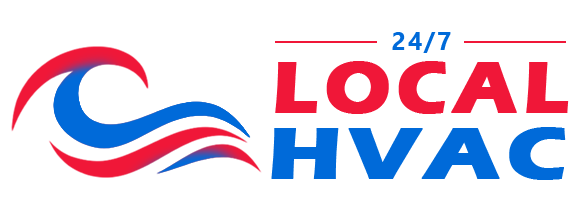What To Do If Auxiliary Heat Shown On Thermostat? [With Pictures]
Michael looked on with mounting dread as his thermostat 's auxiliary heating icon lit up. He stressed the utility bill would skyrocket if he didn't turn it off, but why had it turned on? What should he do?
Winter is in full swing, and you're relying on your heat pump to keep you comfortable all season long. But lately, you've been noticing an AUX heat icon displayed on your thermostat screen. Unfortunately, you're not sure what it means or why it's on. As a result, you become worried about high utility bills, and the possibility that your heat pump is malfunctioning.
Fear not - SuperTech is here to help! This post will explain what auxiliary heat is, why it comes on, and how to keep it from staying on. And if you have a frozen heat pump, learn what to do here . Let's dive in!
Fix Your Heating With An HVAC Pro
How Heat Pump Works
Let's start with the basics!
It is essential to understand that heat pumps transfer heat from one area to another for heating and cooling. It draws heat energy from the outside air throughout colder months and moves it inside to heat your home. And to cool you off in the summer, the heat pump takes heat energy from inside your home and releases it outside.
The heat pump consists of an outdoor condensing unit and an indoor air handler unit as a split system. The outdoor heat pump condensing unit circulates refrigeration for heat transfer like a central air conditioning unit. Thanks to the reversing valve, a heat pump can change and reverse the refrigerant flow. This means it has two different functions: cooling your home in the summertime and heating it during the winter months!
For heating mode, the refrigerant in the outdoor condenser absorbs the heat energy from the outdoor air. Then it is pressurized and heated in the compressor to become a vapor or a gas. Then, it is sent to the inside air handler unit. The vaporized refrigerant is transported to the indoor unit coil. The cold air from your home is blown over the coil and absorbs the heat. As heat leaves the refrigerant, the refrigerant turns back into a liquid and is circulated back to the outdoor unit.
Amazing, right!? So, where does auxiliary heat come in?

Electric heating element inside air handler
Inside the air handler is an electric heating element . This electric heating element, also referred to as electric resistance heating , is a supplemental heating source. Depending on the model of your heat pump, auxiliary heat and emergency heat are both functions of the electric heating element. Relying on the electric heating element to heat your home is expensive, which is why it can cause a bit of worry to creep in when the homeowner sees auxiliary heat on the thermostat.
What Is Auxiliary Heat?
It is helpful to mention:
Auxiliary heat and emergency heat are both thermostat settings for activating the electric resistance heating element. However, their capabilities slightly differ based on the heat pump system model. For example, some systems only
have auxiliary heat mode, while others offer an emergency heat mode. For this reason, people may refer to auxiliary heat and emergency heat interchangeably.
So what is auxiliary heat?

Electric Heating Element
The role of the auxiliary heater is to work in conjunction with your heating system to keep your home warm when the outside temperature is too cold for the heat pump system to be efficient on its own. The thermostat automatically activates the auxiliary heating when the desired temperature is not met by the heat pump system alone.
After either five, ten, or twenty minutes of your thermostat not reaching the set temperature, your thermostat automatically activates the auxiliary heat. Some thermostats can be set manually, although many thermostats come pre-programmed for when to turn on the auxiliary heat. The auxiliary heat will only shut off once the thermostat has reached set temperature.
If auxiliary heat stays on for an extended period of time, this is usually a sign that there is something wrong with your heating system.
What Is Emergency Heat?

Heat Pump Emergency Heat
Like auxiliary heat, emergency heat is a setting that activates the electric resistance heating strips to warm your home. However, while the auxiliary heat automatically aids the heat pump system in reaching the set temperature, the homeowner's emergency heat is turned on manually to be your primary heat source when your heat pump system malfunctions. As a result, the emergency heat mode is a significantly less efficient way of heating your home, so it should only be used when absolutely necessary.
*Not every heat pump system has an emergency setting on its thermostat. And the systems that utilize emergency heat mode each operate differently.
When Should I Turn My Emergency Heat On?
You should turn on the Emergency Heat mode on when your thermostat does not reach desired temperature for a substantial amount of time. In this event is is likely that your heat pump system has malfunctioned. If the heat pump system is unable to warm your home and the auxiliary heat will not satisfied the thermostat, then it is time to utilize the emergency heat mode. As soon as you turn on the emergency heat call an HVAC professional for a heat pump repair . The emergency heat will run up your utility bill fast!
How Do I Know If Auxiliary Heat Is On?

Heat Pump Auxiliary heat
You will know when the auxiliary heat is on because 'AUX' will be lit up on the thermostat. You will know the emergency heat is on because that thermostat setting must be manually turned on.
What Causes Auxiliary Heat To Come On?
Cold Weather Causes Auxiliary Heat To Turn On
Homeowners should expect auxiliary heat to turn on during colder temperatures, especially under 40 degrees. Your heat pump is an amazing appliance that can efficiently extract warmth from the outdoor air and transform it into cozy comfort inside your home. However, at temperatures at or below 40 degrees, heat pumps lose quite a bit of efficiency, which can cause problems for maintaining optimal indoor conditions. This is because the heat pump cannot withdraw enough heat from the outside air fast enough to warm your home.
The auxiliary heat assists the heat pump in achieving the thermostat's set temperature. Once the set temperature is met, the heat pump and the auxiliary heat both shut off. If your Auxiliary heat is running for an extended time, you should call for a heating repair.
Raising The Thermostat Causes Auxiliary Heat To Turn On
Homeowners should anticipate the auxiliary heat coming on when they raise the thermostat's set temperature by three degrees or more. Your heating system needs to operate with auxiliary heat to keep up with the household's new needs.
Heat Pump Defrost Mode Causes Auxiliary Heat To Turn On
It is normal for your heat pump to accumulate some ice during colder months. However, too much ice greatly inhibits its heating and cooling capability. Therefore, your heat pump is equipped with a defrost control board that monitors defrost cycles and ice formation on the outdoor condensing unit. If the defrost control board senses the heat pump condensing unit has been too cold for too long, it signals the reversing valve to send hot refrigerant outdoors to thaw the outdoor coil. When defrost mode is activated, your heating system relies on the backup heat (aux heat) to keep your home warm. Therefore, if the heat pump is in defrost mode, you will also need to make good use of your auxiliary heat.
How Long Should Auxiliary Heat Run?
The auxiliary heat should only run for as long as it usually takes for your home to meet the temperature set on the thermostat. If the auxiliary heat runs every time you turn your system on, or it runs for an unusual amount of time, such as longer than 30 minutes, all day, or does not turn off, you should have your system evaluated by an HVAC pro. The auxiliary heat is an aid to the heat pump system heating your home, so while it is customary for it to turn on in cold weather, the homeowner should take note if it is operating for a prolonged period.
Why Does Auxiliary Heat Stay On?
If your auxiliary heat operates for an unusually long time, you have a problem with your heat pump. Your auxiliary turns on because the indoor temperature thermostat is struggling to reach and maintain its set temperature. So, when auxiliary heat stays on, you can be certain the heat pump is malfunctioning. Read on to understand the most common reasons your auxiliary heat won't turn off.
Faulty Condenser Fan Motor
The fan motor circulates air across the coil on the outdoor condenser. Without critical airflow from the condenser fan, the heat pump will have difficulties absorbing enough heat (or releasing heat in the summer) to meet the thermostat's demands. Whether your fan motor is broken, dirty, or even covered in ice, your heat pump will struggle to provide heating if proper airflow is prevented or inhibited. Therefore, if you have a faulty condenser fan motor, your auxiliary heat will be working hard this winter to keep you warm.
Low Refrigerant

Heat Pump Charging Refrigerant
Refrigerant is a substance that changes states from gas to liquid. The ability to alternate between gas and liquid makes it possible to transfer heat between the outdoor coil in the condensing unit and the indoor coil in the air handler. Low refrigerant means low heat absorption, causing many problems down the line, such as insufficient heating or cooling. If your heat pump system has low refrigerant, you are sure to face problems. Therefore, if your heat pump has low refrigerant, it will struggle to absorb heat, thus relying on auxiliary heat.
If your heat pump is over 10 years old, it most likely uses Freon R-22. Freon-22 is a type of refrigerant has been phased out due to EPA guidelines. Click here to learn how this refrigerant band will impact you.
Bad Compressor

heat pump compressor
The compressor is part of the outdoor condensing unit. The compressor, which is powered by electricity, turns the refrigerant from a gas to a high-pressure liquid and pushes it through the outdoor condenser into the indoor air handler. When this piece breaks, the heat pump system's ability to transfer heat ceases. Therefore the auxiliary heat will continue to run with no support from the heat pump system.
Faulty Defrost Control Board

Heat Pump Defrost Control Board
Your heating system depends on the backup heat (aux heat) during defrost mode to keep your home warm. So, if the defrost control board malfunctions, the aux heat will run extensively. Furthermore, if the defrost control board fails to defrost the accumulation of ice on your condenser, critical heat transfer is restricted. As a result, your heat pump system will be unable to meet the thermostat's demands, resulting in relying on the secondary heat source, Auxiliary heat.
Faulty Reversing Valve Problem

Heat Pump Reversing Valve
Every heat pump system has a reversing valve. The purpose of the reversing valve is to change the direction of the refrigerant. This is what makes the heat pump functional for both heating and cooling. However, if the reversing valve is faulty, your heat pump system may operate in cooling mode when the thermostat calls for heat. When this happens, the heat pump system pushes out cold air from your vents, while the auxiliary heat keeps trying to raise the indoor temperature. As a result, the heating and cooling functions of your heat pump are competing against each other, which will make your utility bills skyrocket!
How To Stop Auxiliary Heat From Coming On
It is nearly impossible to fully prevent the auxiliary heat from coming on when you are located in the North East United States. The heat pump system is very efficient, especially when the temperatures are above 40 degrees. However, when the temperature dips below 40 degrees your heat pump may struggle to withdraw enough heat from the outdoor air to properly warm your home. The auxiliary heat is an essential function for maintaining optimal comfort in your home.
Keep Thermostat Set Temperature Low
A common reason for the auxiliary heat turning on is the indoor temperature is set too high. When the thermostat in your home is set too high, auxiliary heating may come on to keep you warm. Without this additional heat source, when outside temperatures are below 40 degrees, then there will be no way for your heat pump system alone to provide enough warmth. You can combat this by lowering the thermostat to anywhere between sixty and sixty-eight degrees.
In addition, when the temperature setting is raised more than three degrees, the heat pump will not reach the set temperature in a quick enough time, so the auxiliary heat will kick on for assistance.
Reduce Heat Pump Malfunctioning With
Maintenance
A lot of times it's the small things that add up. Who knew loose wires on the defrost control board or a faulty reversing valve could cause so much stress! But with a heating maintenance , you can leave the frustration of high utility bills and cold nights in the past. During a heating maintenance, an HVAC pro will inspect the condition and functionality of heating component. Next, they will clean and adjust any part as needed to ensure optimal heating performance. Maintenance, or a tune-up, is the best way to reduce tapping into your supplemental heat. Even if everything seems to be running smoothly, it’s better to catch any potential problems before they turn into costly repairs.
Restore Your Heat With An HVAC Pro
Feel The Warmth!
Auxiliary heat is an important part of keeping your home warm in the winter. However, if it’s running for a longer time than it should, there may be a problem that needs a heat pump repair . We know that heating and cooling are important to you, which is why it’s so frustrating when they don't work. That's where we come in! Our team of experts can diagnose any problem quickly and efficiently as well as answer all your questions.
Give us a call or schedule online today and we can help you get your heating system up and running again in no time. Stay warm, everyone!


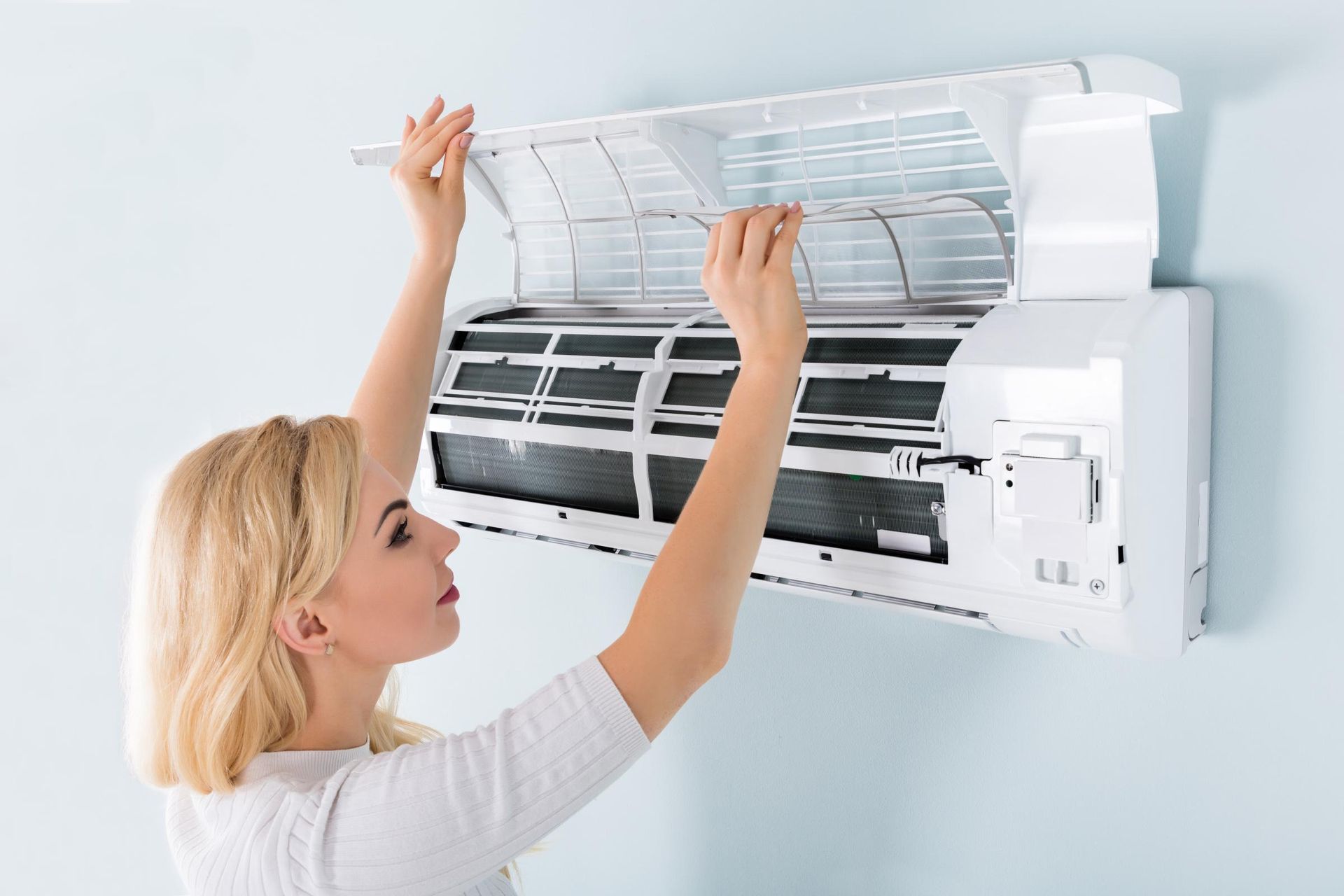
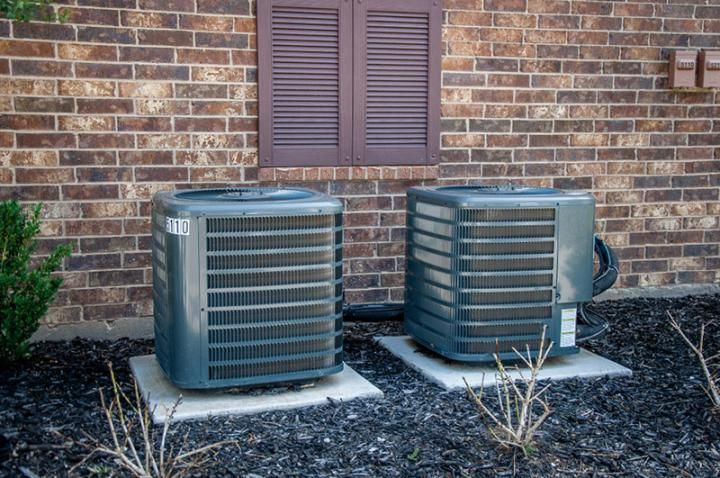

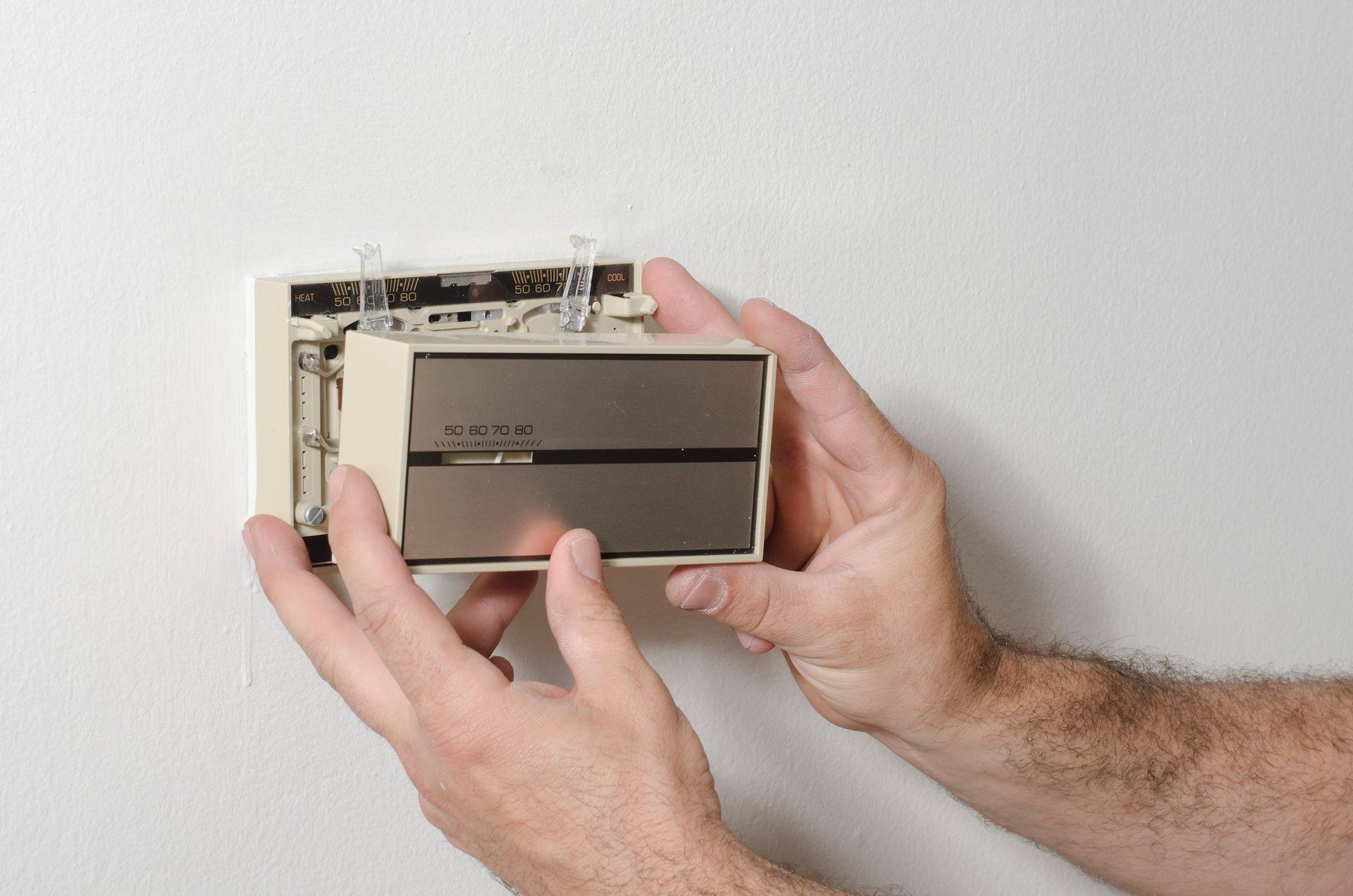

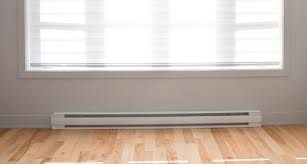
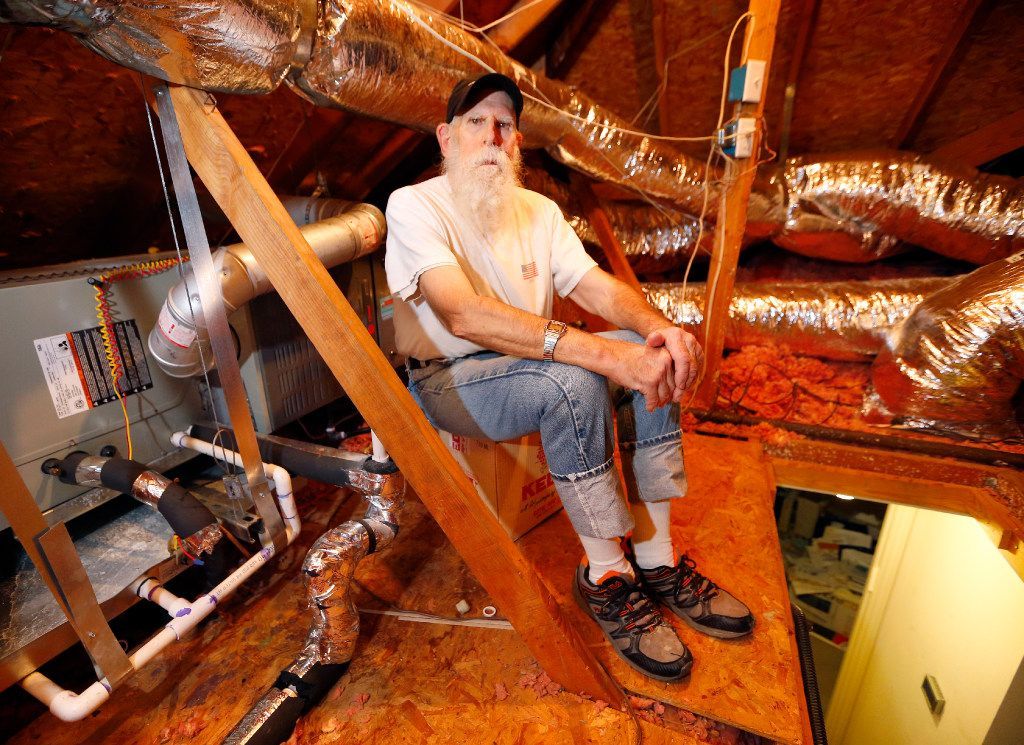

1200 Brickell Avenue Suite 1950, Miami, FL 33131
At 24/7 Local HVAC, we specialize in facilitating connections with top-tier HVAC professionals. Our focus is on bridging the gap between you and reputable HVAC companies operating within your local vicinity. It's important to emphasize that each of these HVAC entities functions independently and autonomously.
We firmly place the onus on every individual user to meticulously verify that any selected HVAC company aligns with the mandated licensing and insurance prerequisites stipulated by the governing authorities in their respective jurisdiction.
Furthermore, it's worth noting that our services may regrettably not cover all geographical areas. In instances where our services are available, the scope of offerings could potentially differ based on the composition of service providers present within that particular region.

